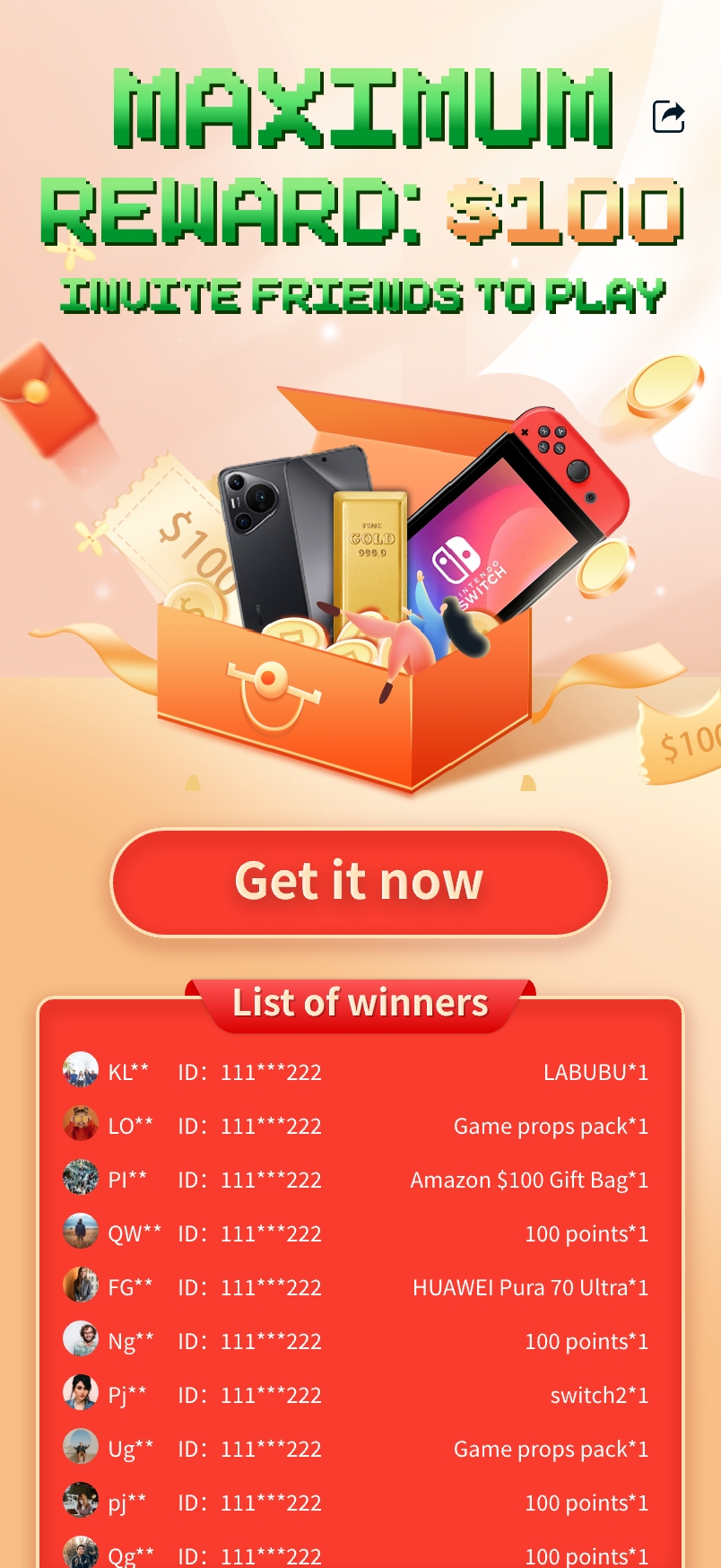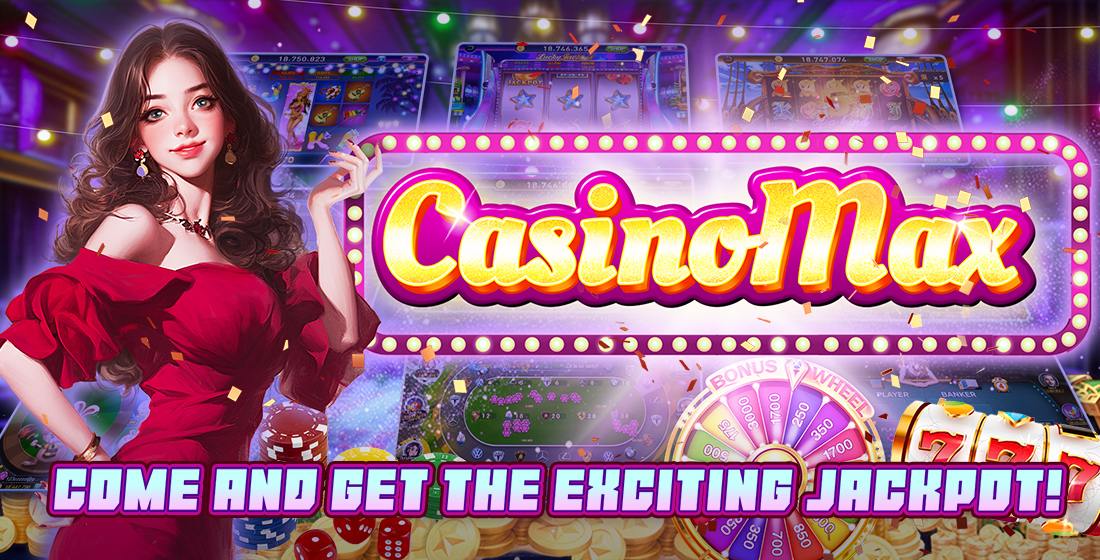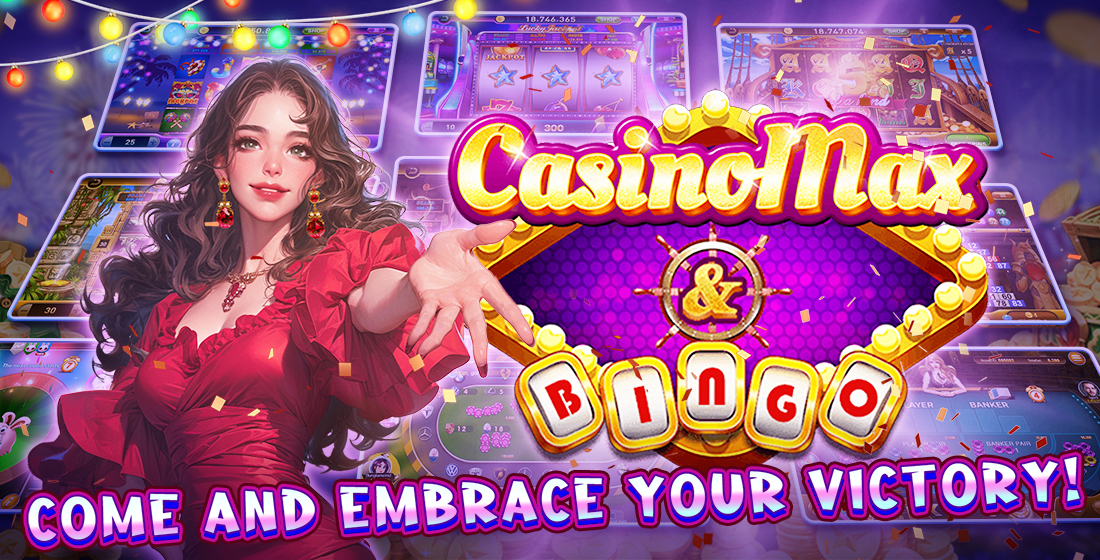Idle Games vs. Hyper Casual Games: Which Genre Dominates the Gaming Landscape?
The gaming industry has evolved dramatically over the years, resulting in the emergence of different genres that capture the imagination of players worldwide. Among the most popular genres currently are idle games and hyper casual games. In this article, we will delve into the characteristics of both genres, how they compare, and which one seems to dominate today's gaming landscape.
Understanding Idle Games
Idle games, often referred to as incremental games, are designed to be played over extended periods with minimal interaction. The gameplay revolves around the accumulation of resources, allowing players to upgrade their capabilities even when they’re not actively playing. Titles like "Adventure Capitalist" and "Cookie Clicker" exemplify this genre. But what makes idle games appealing?
Why Are Idle Games So Popular?
- Low Commitment: Players can engage and drift away anytime.
- Strategic Thinking: Requires planning to maximize resource generation.
- Rewarding Progression: Continuous upgrades provide players with a sense of achievement.
Diving Into Hyper Casual Games
Hyper casual games are designed for quick, easy-to-learn gameplay that attracts a broader audience. Titles like "Helix Jump" and "Paper.io" fit this mold. Players can enjoy these games in short bursts, making them ideal for mobile platforms. What are the hallmarks of hyper casual games?
Key Features of Hyper Casual Games
- Instant Accessibility: Extremely easy to pick up and play.
- Short Sessions: Ideal for on-the-go entertainment.
- Wide Appeal: Designed to attract players of all ages and experiences.
Comparison: Idle Games vs. Hyper Casual Games
| Feature | Idle Games | Hyper Casual Games |
|---|---|---|
| Gameplay Style | Passive progression | Active engagement |
| Play Duration | Long-term | Short sessions |
| Audience | Strategic gamers | Casual gamers |
| Device Preference | PC and mobile | Primarily mobile |
The Economic Impact of Both Genres
Both idle games and hyper casual games have made significant economic impacts on the gaming industry. Let’s explore how these genres monetize:
Monetization Strategies
Idle games often use in-app purchases and ad revenue while allowing passive gameplay. Conversely, hyper casual games focus heavily on ad monetization without overwhelming users with in-app purchases.
The Rise of Mobile Gaming
With mobile gaming growth, both genres have adapted to meet player preferences. The ease of access, especially during commutes, made hyper casual games thrive. Yet, idle games find their niche among those who prefer long-term engagement.
Training Clash of Clans: A Strategy Element
Looking at games like Clash of Clans, players often mix gameplay from various genres, showcasing how idle elements can integrate into strategy games. This blend can make for a captivating experience, leveraging the strengths of both genres.
The Long Tail: Addressing Niche Markets
With the inclusion of phrases like “potato pokemon go”, we see niche interests that capitalize on pop culture. This approach has allowed developers to capture audiences looking for unique blends in gameplay.
Future Trends: Where Are We Headed?
Trends suggest both genres evolving to incorporate player preferences increasingly. We might see hybrid games emerging, combining idle mechanics with hyper casual elements for broader player engagement.Key Takeaways
- Idle games offer depth and long-term satisfaction.
- Hyper casual games emphasize immediate fun and quick bursts of enjoyment.
- The future of gaming may lean toward hybrids that provide both experiences.
Conclusion: Which Genre Reigns Supreme?
The rivalry between idle games and hyper casual games continues to evolve. Each genre offers distinct experiences tailored to different types of gamers. While hyper casual games dominate in terms of accessibility and immediate engagement, idle games present depth and a rewarding long-term progression. Ultimately, player preferences will dictate which genre truly 'dominates' the gaming landscape.



